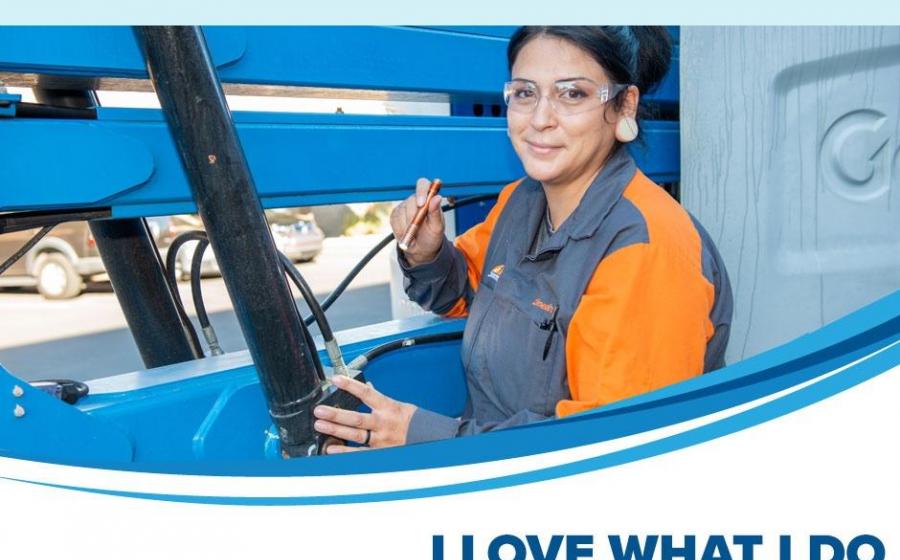Snibble Platform Supports Video Sharing for Young Adults
Snibble offers YAs what they want -- snackable videos and the ability to discover, share, and comment on them with friends in real time. Surveys suggest that approximately 70 percent of Gen Z prefer engaging with many short videos versus committing to a longer video.
"We are a fusion between the best of a video platform and a social media platform," says Blair Currie, CEO of Snibble.
Generation Z (youth ages 16 to 24 years) have never known life without mobile internet. At this age, especially in the wake of the ongoing coronavirus pandemic, young adults are seeking ways to connect with friends remotely, and short videos have become the social currency of this generation, Currie explains.
Snibble allows viewers to see, comment, recommend and share personalized content, and presents a reasonable amount of hyper-targeted advertising in a fair trade for their attention.
Snibble attracts top advertisers to a place that lets brands play when young viewers hang out, which improves returns on advertising investment.
To expand and showcase the Snibble platform and content, the company has partnered with NewsUSA TV, a division of the NewsUSA branded content agency. NewsUSA offers video content on Roku through a range of channels, including The Junior Network by NewsUSA TV. The Junior Network partnership with Snibble benefits both parties by expanding audience reach and access to content.
Snibble's content comes only from top providers, including Daily Fix, Omnia News (BBC), Brut, Cheddar, Huffpo, USAToday, Glamour, GQ, and People are Awesome.
The Junior Network by NewsUSA TV helps leverage this content to Gen Z not only online but also through Roku and Amazon Fire, as well as iphone and mobile apps. The content also is available in completed Linear HLS Stream format for syndication.
In addition, NewsUSA TV offers content in Business Briefs, Health News, Entertainment News, and Travel News on its Roku channel.
Visit snibblecorp.com for more details about Snibble and NewsUSA.com/media-widget for details about NewsUSA TV.


 - The need for skilled technicians in the workforce continues to rise, but many people are unaware of the degree of financial success and personal satisfaction that skilled technicians find in their careers.
- The need for skilled technicians in the workforce continues to rise, but many people are unaware of the degree of financial success and personal satisfaction that skilled technicians find in their careers. 
 - Have you ever shopped at someone’s personal online store and thought, “I could do that”? In the wake of the pandemic, more people are reinventing their work lives and choosing to follow their passions. And the ever-expanding world of e-commerce makes it easier than ever to turn your pastime into a profit.
- Have you ever shopped at someone’s personal online store and thought, “I could do that”? In the wake of the pandemic, more people are reinventing their work lives and choosing to follow their passions. And the ever-expanding world of e-commerce makes it easier than ever to turn your pastime into a profit. 
 - Whether you are a recent college graduate, a grad student in a new city or a young professional shifting gears into a new job, finding your first home as an independent adult can seem daunting, but a few key points can put you on the path to your own place.
- Whether you are a recent college graduate, a grad student in a new city or a young professional shifting gears into a new job, finding your first home as an independent adult can seem daunting, but a few key points can put you on the path to your own place. 
 - The most-anticipated match of the club soccer season approaches, as Liverpool takes on Real Madrid in the Champions League Final, May 28th at the Stade de France. Combined, these two have won the Champions League an astounding 19 times.
- The most-anticipated match of the club soccer season approaches, as Liverpool takes on Real Madrid in the Champions League Final, May 28th at the Stade de France. Combined, these two have won the Champions League an astounding 19 times. - (NewsUSA) -Despite being recognized as one of the most valuable assets in an organization, corporate data remains one of the least measured or understood. While decision makers have more access to data than ever before, there's little way to make sense of it. New research delves into the difference between executives who are data-driven, and those who are just data-saturated.
- (NewsUSA) -Despite being recognized as one of the most valuable assets in an organization, corporate data remains one of the least measured or understood. While decision makers have more access to data than ever before, there's little way to make sense of it. New research delves into the difference between executives who are data-driven, and those who are just data-saturated. - Snibble, a next-generation social video platform that targets today's young adults, is partnering with NewsUSA TV to expand and cross-promote content and linear streaming in the U.S. and Canada.
- Snibble, a next-generation social video platform that targets today's young adults, is partnering with NewsUSA TV to expand and cross-promote content and linear streaming in the U.S. and Canada.
 - If your mental image of a robot in the home is limited to Rosie from the Jetsons, it's time to change your perspective.
- If your mental image of a robot in the home is limited to Rosie from the Jetsons, it's time to change your perspective.
 - As the world continues to navigate the COVID-19 pandemic, the role of the internet in our daily lives has grown exponentially. While many trends have come to light, one that stands out is the need for faster internet speeds in regions that have seen an influx of new residents. According to
- As the world continues to navigate the COVID-19 pandemic, the role of the internet in our daily lives has grown exponentially. While many trends have come to light, one that stands out is the need for faster internet speeds in regions that have seen an influx of new residents. According to


